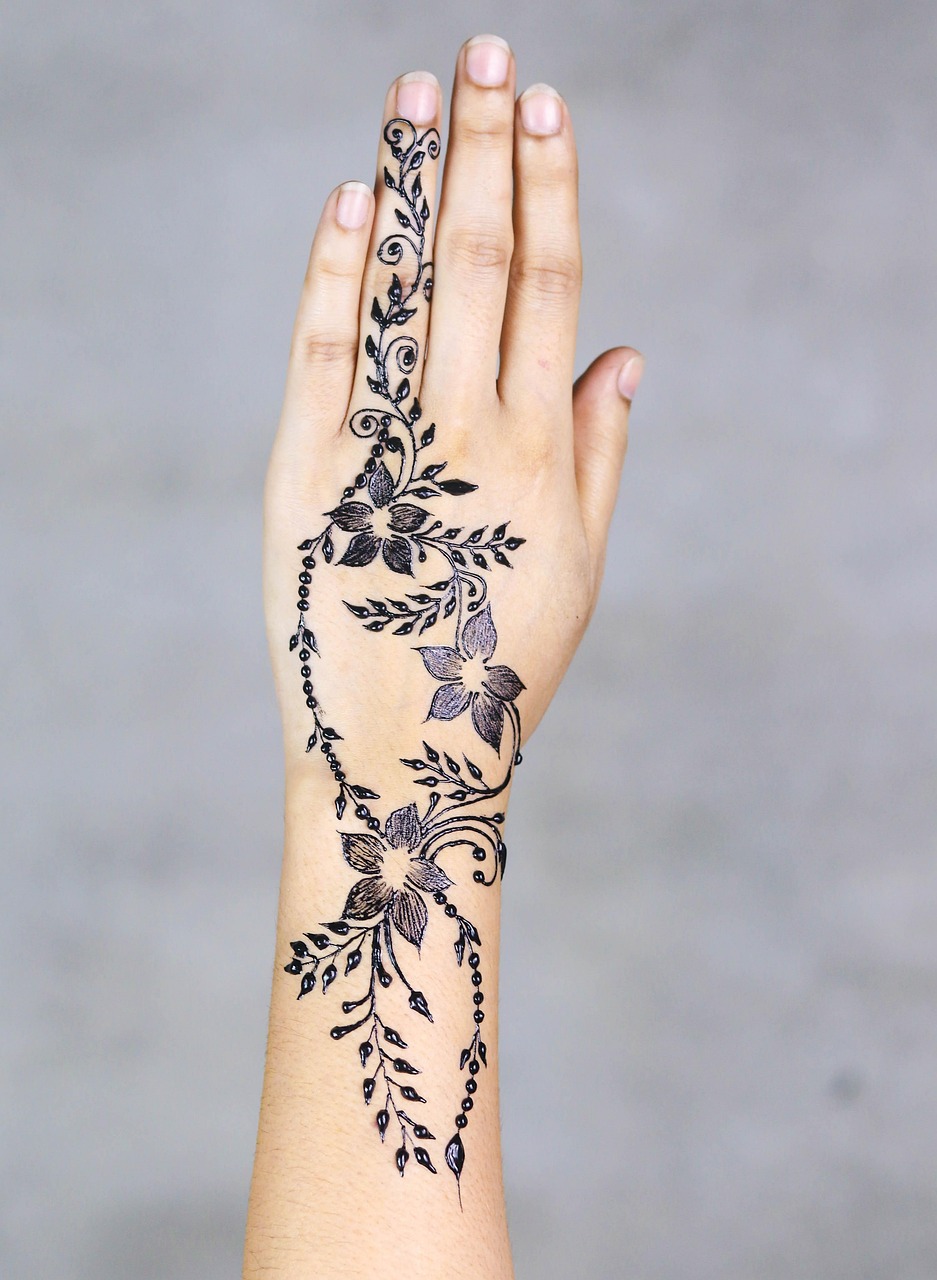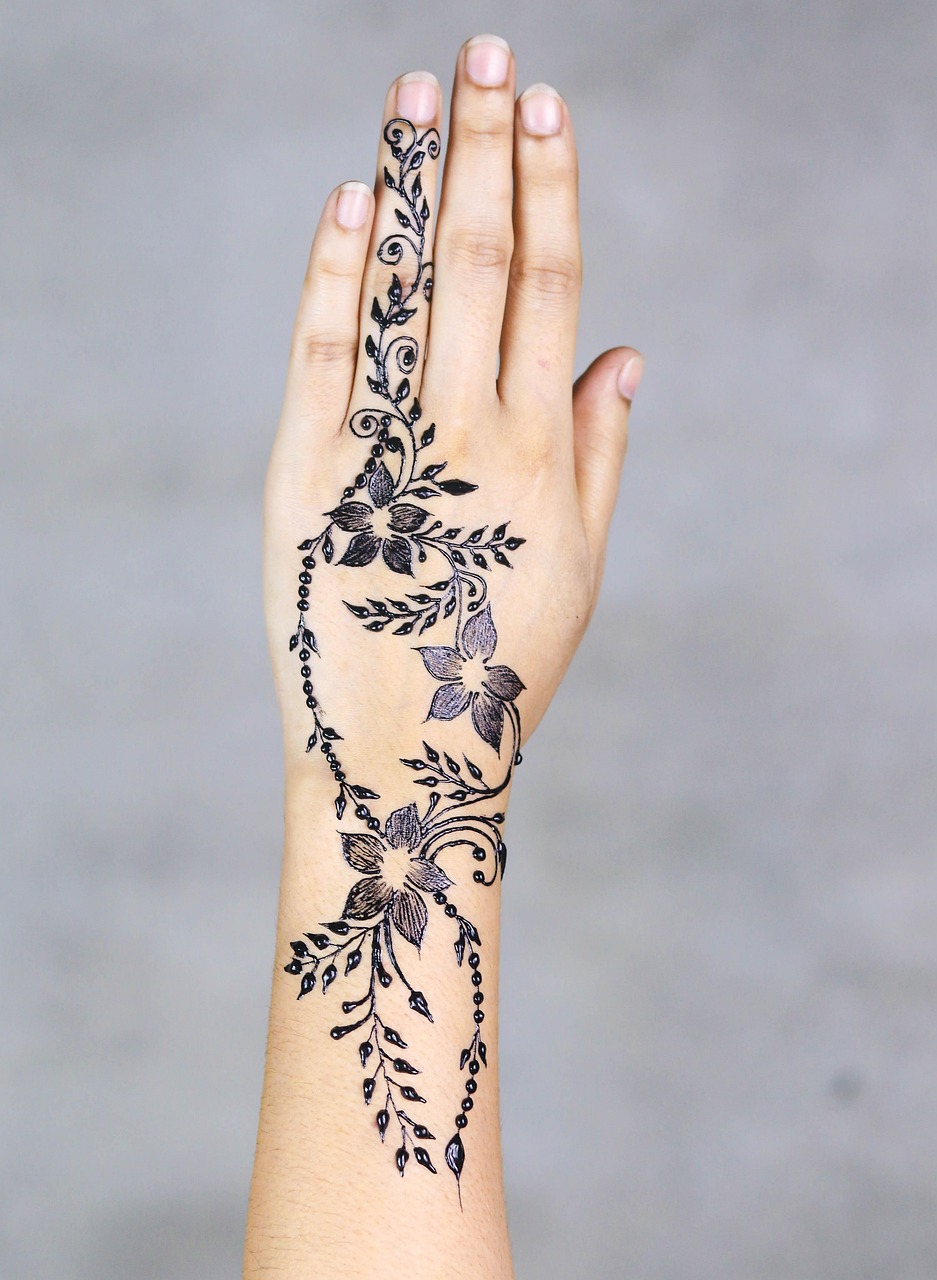Buta Design Mehndi: The Art of Elegance and Tradition
Mehndi art has been celebrated for centuries, capturing the essence of culture, beauty, and tradition. Among the different styles in mehndi design, “buta design mehndi” stands out for its intricate patterns and timeless charm. Letâs explore why this art has become a staple in modern and traditional ceremonies, and how you can embrace its beauty.
Understanding Buta Design in Mehndi: The Key Highlights
The word “buta” originates from the Persian language, meaning “flower” or “bud.” In the context of mehndi, buta refers to floral and nature-inspired motifs that have become immensely popular in henna designs. These designs, with their delicate details and flowing style, evoke a sense of delicacy and elegance, making them a preferred choice for weddings, festivals, and special occasions.
From single floral motifs to intricate vines, buta designs can be customized for any area of the body, including hands, feet, and even shoulders. The versatility and visual appeal of buta designs have made them a global trend in both traditional and contemporary fashion.
What Makes Buta Design Mehndi Unique?
Buta designs are unique because they effortlessly balance simplicity with sophistication. Their floral symmetry and flowing lines allow for intricate detailing while remaining aesthetically pleasing. They are especially suitable for those who want their mehndi to appear elegant and refined rather than overly complex.
Fact: The popularity of floral motifs originates from Mughal and Persian art, which inspires many modern mehndi styles. (Source: Crafts Council)
Discovering the Versatility of Buta Design Mehndi
One of the most fascinating aspects of buta design mehndi is its adaptability to suit any occasion or personal preference. Whether you favor minimal patterns or grand, elaborate designs, the buta motif offers unparalleled versatility. It can be paired with other styles like Moroccan, Arabic, or Indian mehndi for a truly bespoke look.
Additionally, buta designs are ideal for both beginners and professional mehndi artists. Those new to mehndi can start with small buta shapes and gradually expand to more intricate patterns, while experienced artists can experiment with bolder, creative combinations.
Can Buta Design Be Customized for Minimalist Looks?
Absolutely! Minimalist buta designs feature smaller floral patterns strategically placed for subtle elegance. These designs are perfect for casual events or people who prefer understated yet beautiful mehndi looks. A single flower with a flowing vine can make a stunning statement.
Example: Celebrity stylist Anamika Joshi often recommends opting for minimalist buta mehndi to add a delicate, stylish edge to ethnic outfits.
Perfecting the Look: Best Practices for Buta Design Mehndi
Buta design mehndi isnât just about artistryâitâs also about precision. To achieve clean, stunning designs, itâs crucial to choose the right tools and practice steady application techniques. High-quality henna cones will result in smoother lines and allow finer detailing for intricate buta patterns.
If youâre new to creating buta designs, start by practicing on paper before applying it to the skin. This will help you perfect the symmetry of your floral motifs and ensure stunning results.
What Are Some Tips for Perfect Buta Design Application?
- Begin with clean skin to ensure the henna adheres properly.
- Use reference images to plan your buta design beforehand.
- Let the henna dry naturally and avoid smudging for longer-lasting results.

